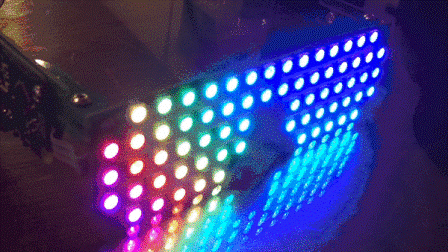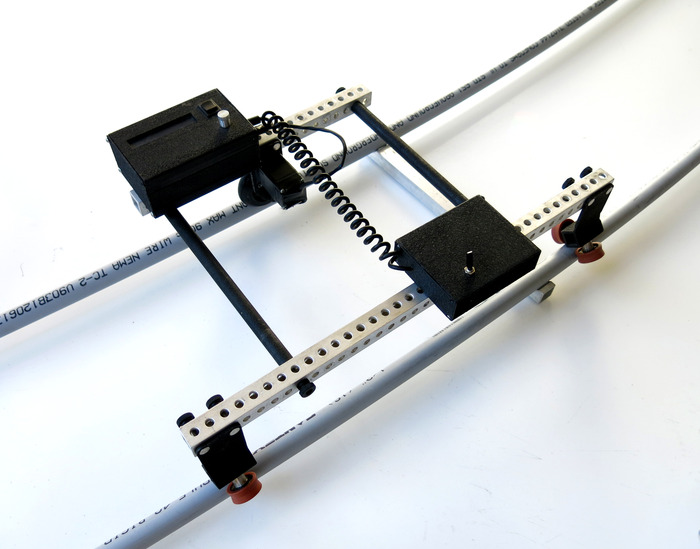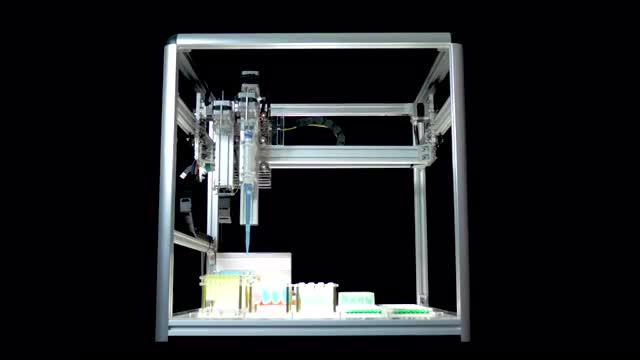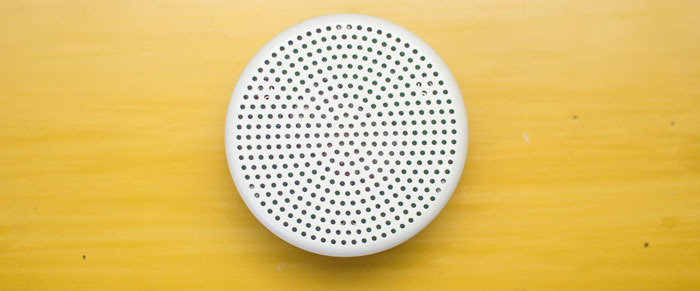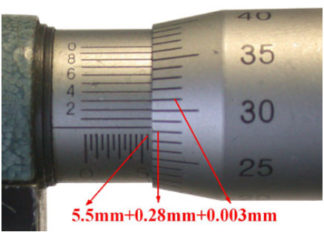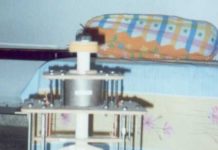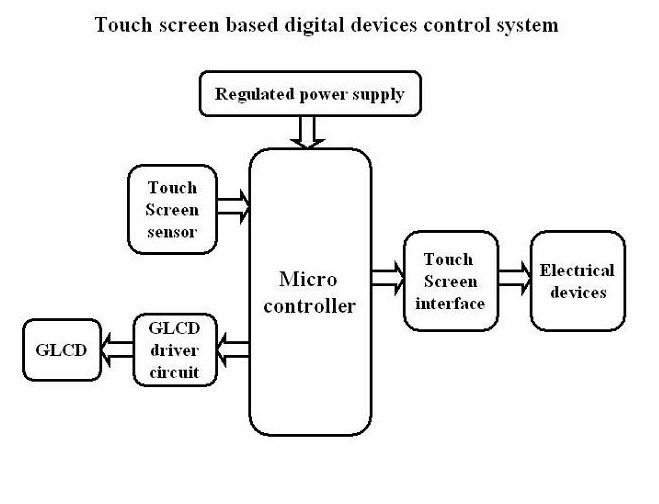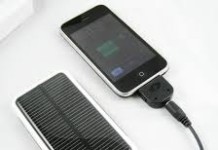LED Glasses : Wearable shutter shades with a bright full color pixel array you can see through! Incredible, hackable, and Arduino- compatible.
You’ll make these look good.
We’re excited to announce our newest piece of wearable electronics: RGB LED Shades! They’re colorful, bright, hackable, and the pinnacle of conversation-starting technology. A fun way to learn programming and electronics, yet just as entertaining for experienced tinkerers. But if you need a stunning fashion accessory without writing code, they’re pre-loaded with dazzling patterns out of the box!

What are RGB LED Shades?
They’re programmable shutter shade sunglasses with an array of 68 full-color LED pixels on the front. The LEDs can show different colors by mixing levels of Red, Green, and Blue…just like the screen you’re using to read this. Although the LEDs are very bright from the outside, they’re almost invisible from the inside; you can see out just fine. A programmable microcontroller (Arduino-compatible) chooses the color of each pixel to display a wide range of colorful animations.

Open Source Hardware
Based on the success of open source software, a growing number of hardware designers have been releasing their designs under permissive licenses. The idea is that sharing your work, and encouraging others to share theirs, can make it easier to support, maintain, and improve the design. It can also improve the design community by providing spaces to learn from real world examples. So, should you ever want to peek under the hood of your new LED glasses, we’ll be releasing the design files as OSHW after the Kickstarter ends.
Update: Stretch Goals!
We’ve finally added some stretch goals. While we received many great suggestions for stretch goals and we wish we could do all of them, these are the ones that mesh well with our current production plan.
$20,000 – Kickstarter Exclusive Cushioned Soft Case
All Hacker Edition, Kit, Assembled, and Early Access backers will receive a customized zippered soft case to carry and protect their RGB Shades.

$30,000 – Optional White Frame Color
The upcoming production batch will have a sleek black soldermask (Early Access is already in production and has a technological green PCB color). However, once you help us reach this stretch goal we will also offer a white PCB option, and you will receive a survey to select white or black. We’re offering this as a stretch goal since it will add another complication during reward fulfillment, as well as some extra production considerations to keep the white soldermask pristine in appearance.
$40,000 – Ultra-streamlined Integrated Controller
Our current design has a separate controller bolted to the right side arm of the RGB Shades. If you help us meet this stretch goal, we will be able to purchase a USB Vendor ID, reduce chip count, and integrate the control electronics directly into the right arm PCB. It will be streamlined to the minimum size and weight possible and will have a much sleeker appearance. Since the control board will no longer be removable, we will also include another blank arm PCB that can be swapped in for custom controller hacking. Hacker Edition backers will receive this custom arm PCB by default. Early Access backers will receive the existing design, all other backers will receive the ultra-streamlined design. If we do not reach this goal, the control board will still be streamlined as much as the current design allows.
How do RGB Shades work?
The pixels we use each contain a small chip that receives commands over a wire, sets the LED color, and passes commands to the next LED. The front panel is a PCB (printed circuit board) which connects all the LEDs in a single zig-zag chain across the panel. Our program maps the physical pixel locations to the correct LED on the chain.
The program is stored inside an Atmel ATmega328 microcontroller chip located on another PCB. This control PCB also has a USB interface (for loading new programs), a power switch, and two buttons for interacting with the program. Our controller and example code is compatible with the popular open source Arduino cross-platform programming environment. That means you can write or upload programs on Windows, Mac OSX, and Linux computers, using free downloadable software. You’ll also have access to a huge community of Arduino experts, books, and examples if you’d like to learn how to write your own programs.

Providing proper power
Power (5 volts only) is supplied either through the USB connector or through soldered wires. Since the RGB LED Shades are very bright, they can require quite a bit of power sometimes. The best solution we’ve found is to use a rechargeable lithium-ion USB battery pack…since many people already have them, we aren’t including one with the RGB LED Shades. They’re easy to use and can store a lot of energy; we recommend using one rated for at least 1000 mA output and at least 2000mAh (the link goes to one example we’ve tested). On typical settings, this should last for two to three hours before needing a recharge. It’s also easy to find USB battery packs with enough capacity to last many times longer.

Just how bright are these?
Each pixel on the RGB LED Shades contains three LEDs (one of each color). That’s 204 LEDs! If all were at maximum brightness, it would draw about 3.6 amps at 5 volts…or 18 watts. As a rough comparison, we have an LED light bulb that uses 6 watts and glows like an old 40W light bulb. So wearing these LED glasses at maximum brightness is almost like having two 60 watt light bulbs on your face! It will easily light up a room, and it will get hot (not nearly as hot as two actual light bulbs though). In most cases, that’s just too bright, and it will drain your battery quickly. So we’ve dialed it back; our code runs the LEDs at 1/5th maximum brightness. This is still almost too bright at close range, it lights up a dark room and sometimes we’ve been asked to dim it even more. If you do tweak the code to enable maximum brightness, we ask that you laugh like a mad scientist while turning on power! And be careful, because that amount of current could damage batteries or your computer.
Hackable
You can write code for these using the Arduino IDE, and you can solder on different types of sensors for interacting with the outside world. Here’s an example video showing how to add a prototype audio response circuit (skip to 5:45 for the demo):
Design and prototyping process
Our first attempt at RGB LED Shades started around March of 2013. We were about to launch the single-color LED Matrix Shades (another type of LED glasses), but had been experimenting with WS2811 LEDs as well. The prototype was designed using Eagle CAD in about a day. A week later, we received the PCBs and soldered up a prototype. It didn’t have a custom controller, so it was wired to an Arduino for testing…a little awkward to carry around, but it worked. It also used 3D printed hinges…extremely cool on one level, but would significantly slow down production. Still, the prototype was a stunning success, and we knew we had to keep working on it.

However, it took a while to find the time to continue development; we were busy working on the single-color LED Matrix Shades, we moved our office, and had a number of other projects to wrap up. Fast forward to April of 2014. We wanted to show off the RGB LED Shades at Maker Faire in San Francisco, and needed to do a redesign of the PCB because the WS2811 pixels used in the first prototype were obsoleted by the new WS2812B pixels.

What kicked the project into high gear was…as cliche as it sounds…Garrett (our hardware designer) woke up one morning with a great new idea for the hinges. We knew that 3D printing was a production bottleneck, and we weren’t ready for injection molds yet. The brainstorm was pretty simple: PCBs are manufactured by accurate computer-controlled machines. Why not design a set of hinges that fit together like a puzzle, and have the PCB manufacturer do those too? A few plastic prototypes, some 2D and 3D CAD, and a lot of discussion about accuracy with our PCB manufacturer, and we had a working second prototype with hinge parts we could produce in any volume!

The new hinges are surprisingly sturdy, and kind of fun to put together! The only other components are a few stainless steel screws, nuts, and washers. Since the whole design was assembled and simulated in 3D CAD, there were no mistakes with dimensions or clearances in the moving parts.

We also designed a custom controller board that fits on the side of the frame. One interesting feature is that the controller board is not soldered to the rest of the RGB LED Shades. We’re using small spring contacts under the board to make the connection, so swapping controller boards only involves two screws. This will allow us to create optional controller boards with extra features or other processor types.
Let’s do this already!
For other products, we’ve always self-funded development and production, then put them into our online store. Normally that cycle only takes a couple months, but the RGB LED Shades became a pet project that somehow ended up on the back burner. We think that was a mistake…after the reactions we saw at Maker Faire, the RGB LED Shades could be a strong winner. The problem is that our production funds are currently tied up in other products, and we can’t divert much to the RGB LED Shades…we’ve already put a lot into prototyping them.
Our goals:
If we’re successfully funded, we’ll be able to bring the RGB LED Shades prototypes closer to production. We’ll continue development and prototyping for a better final product.
If we fund higher than expected, we’ll be able to explore even more ideas. Optional controllers with sound visualization, or wireless/smartphone control…we’d love to make an application that lets anyone design patterns without programming experience.
And, if we’re successfully funded, if we know that this works for us, we have a LOT of other great designs and prototypes on the back burner. We’re ready to create even more Kickstarter campaigns and can’t wait to share them!
Explaining our rewards
EARLY ACCESS: Limited quantity available! We were able to get a head start on a small run of RGB LED Shades. These will be very similar to the current working prototype. While the final version will likely have some design updates, these early access versions will be fully functional and fully awesome. We are offering these in both an assembled and kit form…the kit requires soldering a few wires, but putting the hinges together is fun! We’ll be able to deliver these very quickly.


HACKER EDITION: The RGB LED Shades are based on the popular WS2812B pixels, and there’s a wide array of methods to control them. If you prefer to work out your own control system for the RGB LED Shades, we’ll provide you with just the LED array and frame pieces.

BARE BONES EDITION: You’ll only receive the PCBs and the screws to assemble the frame of the RGB LED Shades. No electronics or controller board included. They can be assembled and worn, but won’t do anything unless you supply and solder WS2812B LEDs and some other minor components, plus a controller (any Arduino works). If you’re interested in the PCB puzzle hinge construction, this is a great way to get a hands-on experience.

MAIN PRODUCTION: Our remaining reward levels are for the second batch of RGB LED Shades that will be produced if we are successfully funded. These should be slightly more polished than the current prototype version. The color of the frame may be changed to something other than green. We are offering these in assembled and kit form, as well as a two-pack option.

